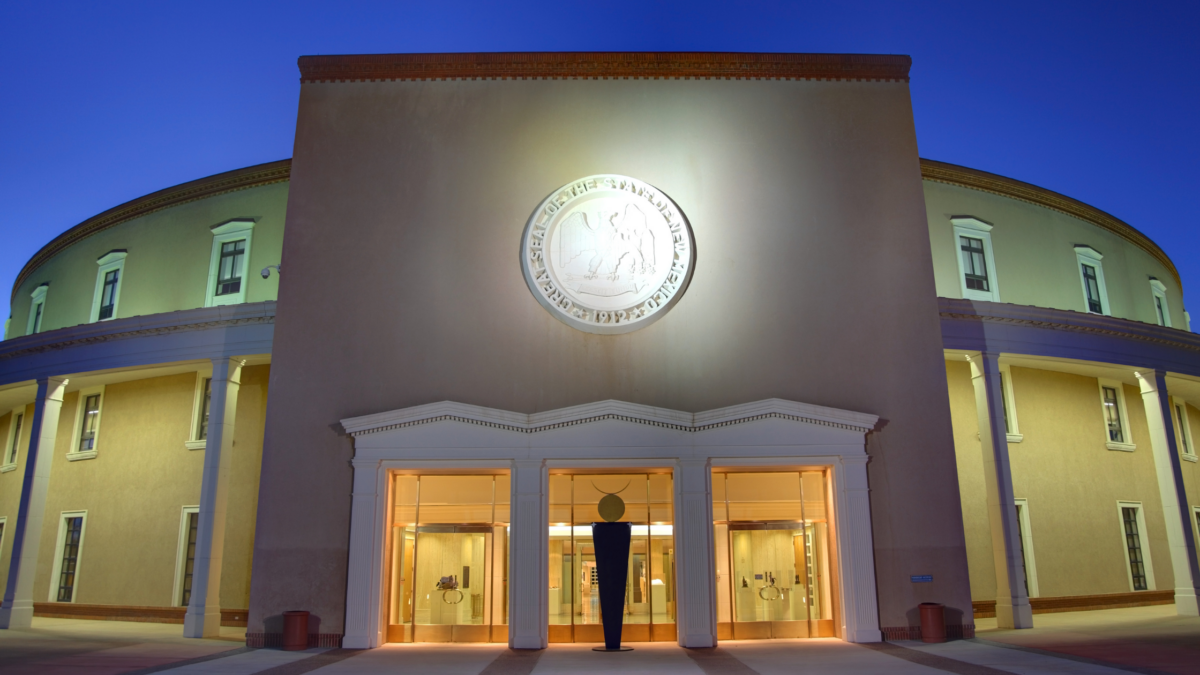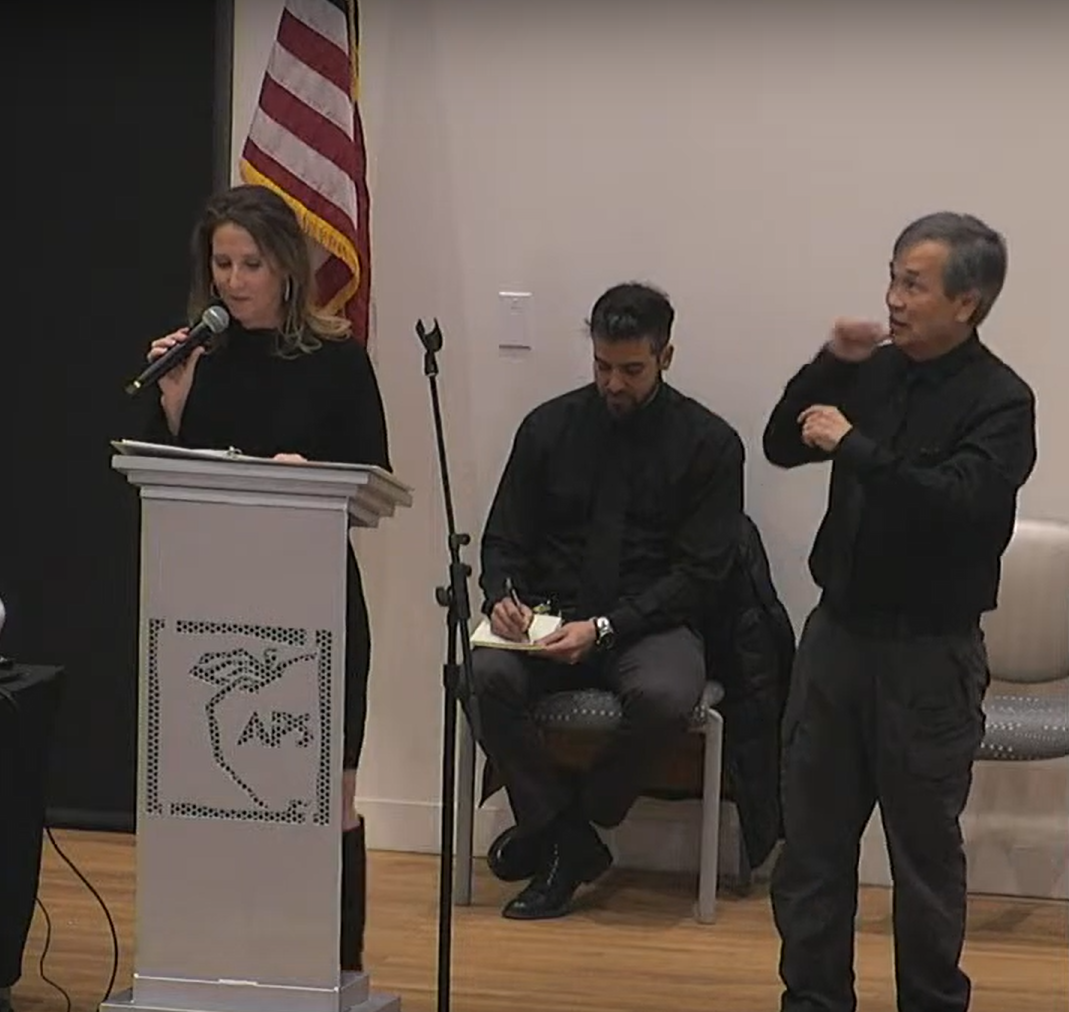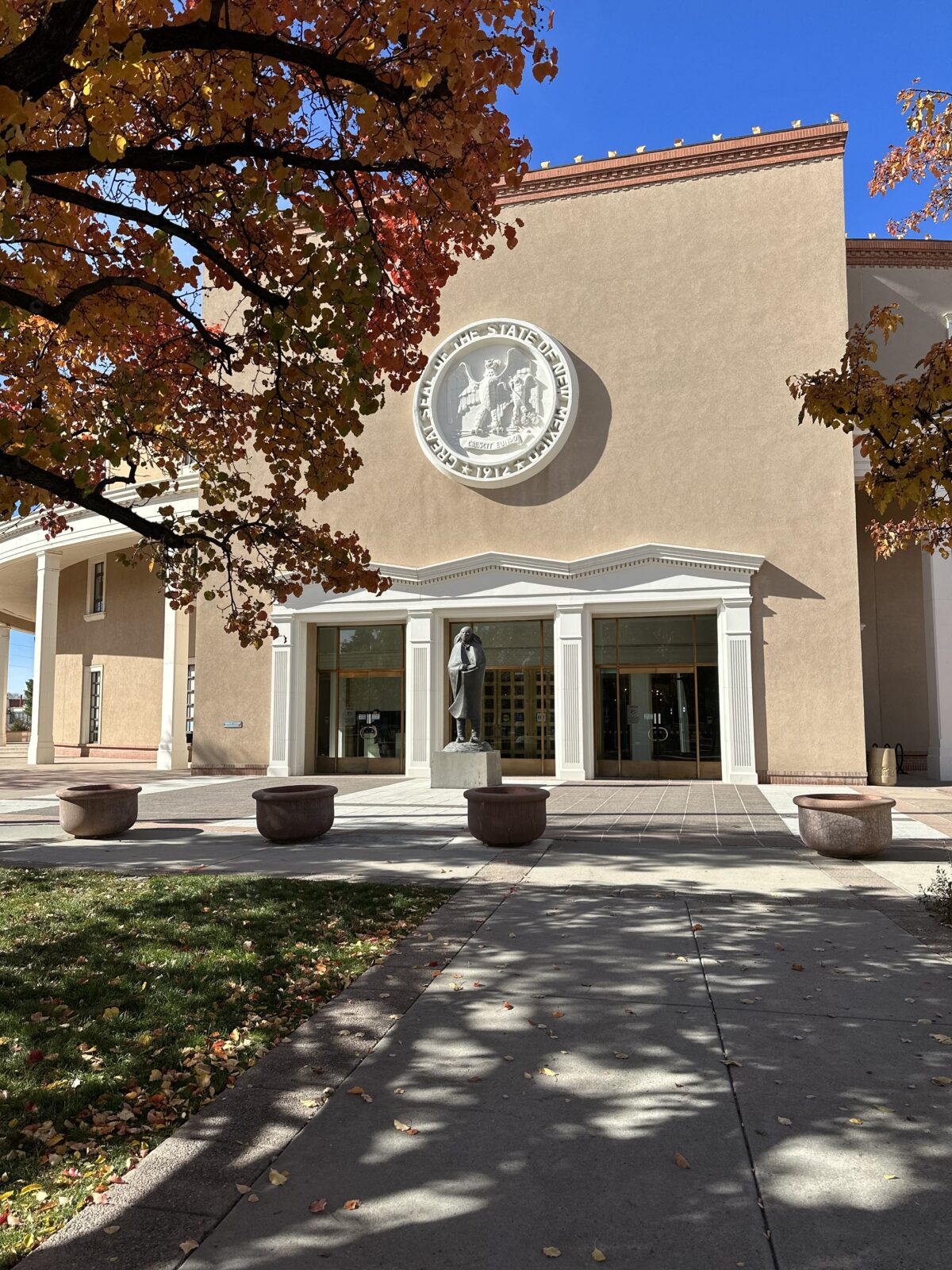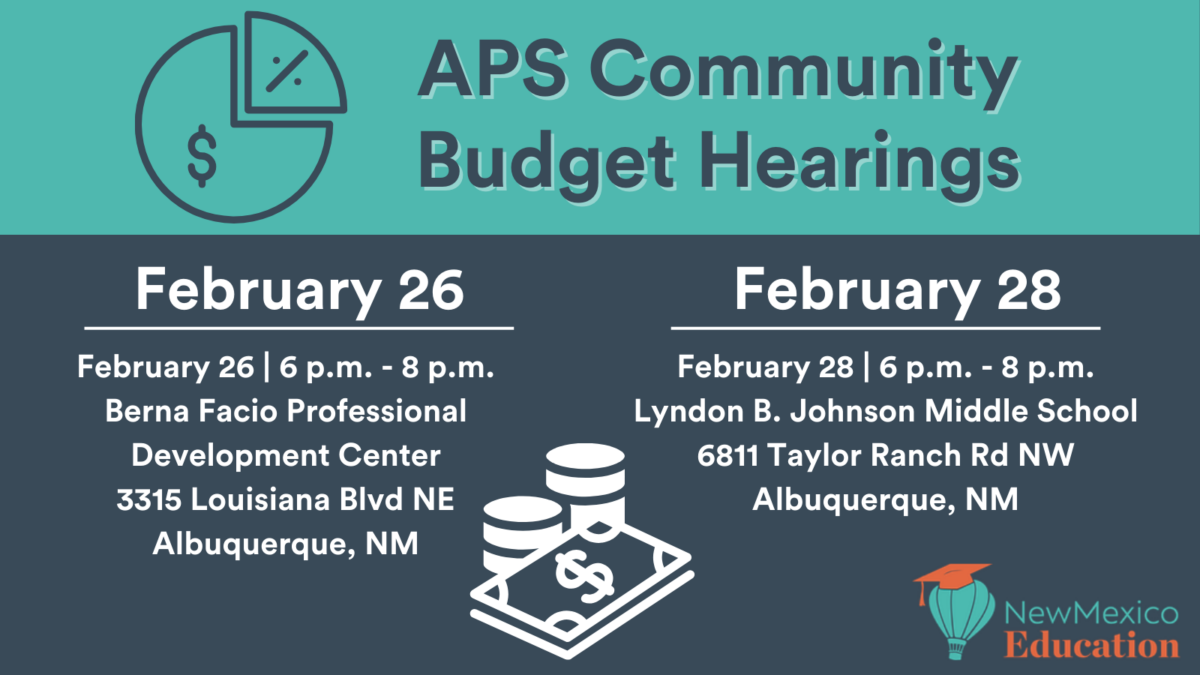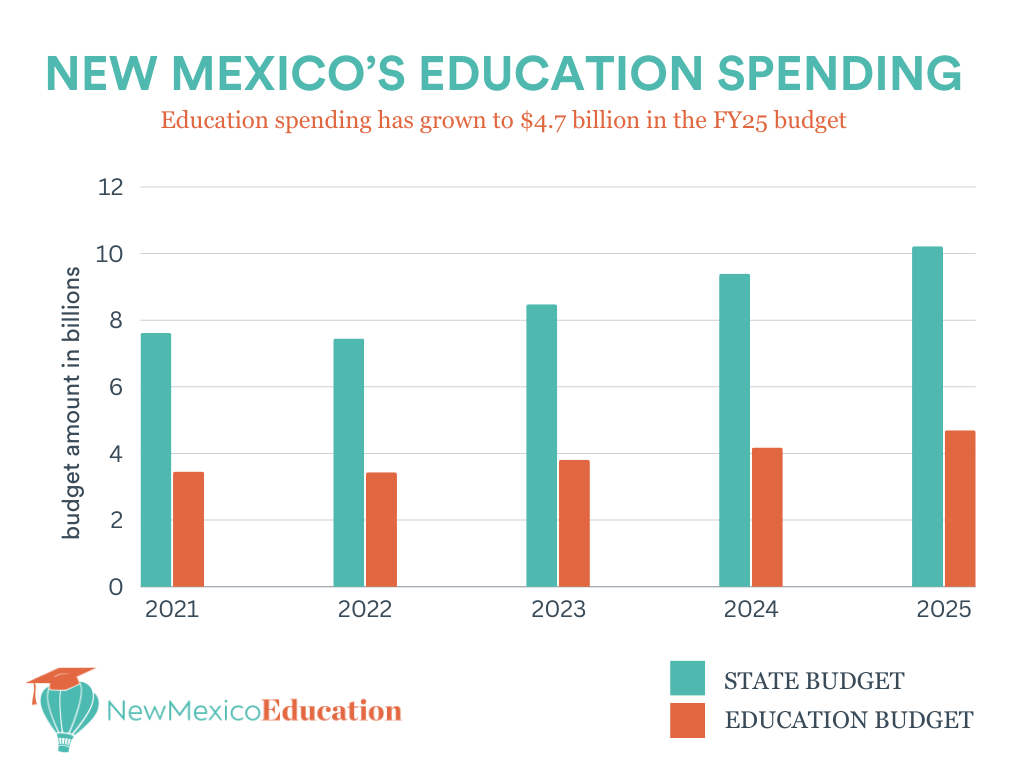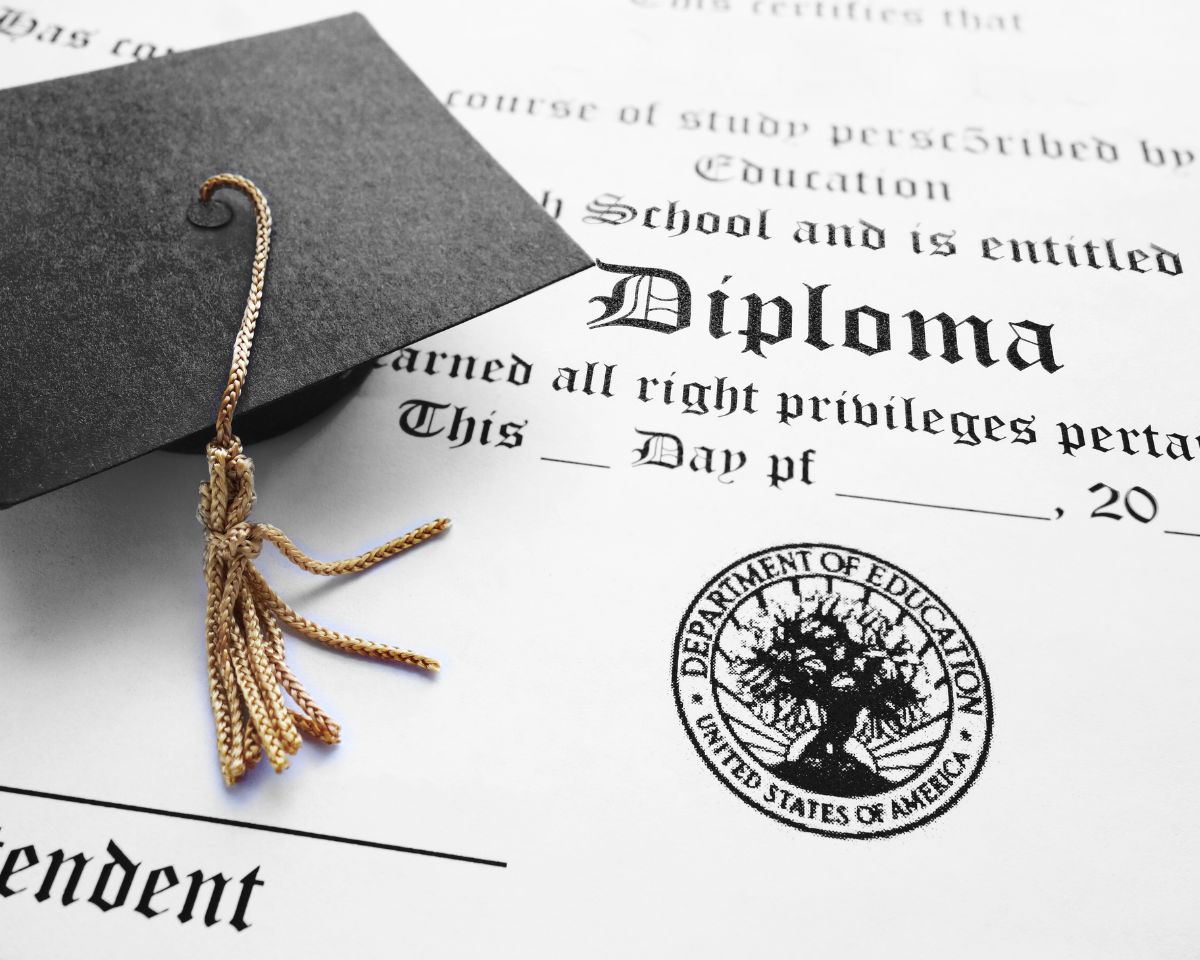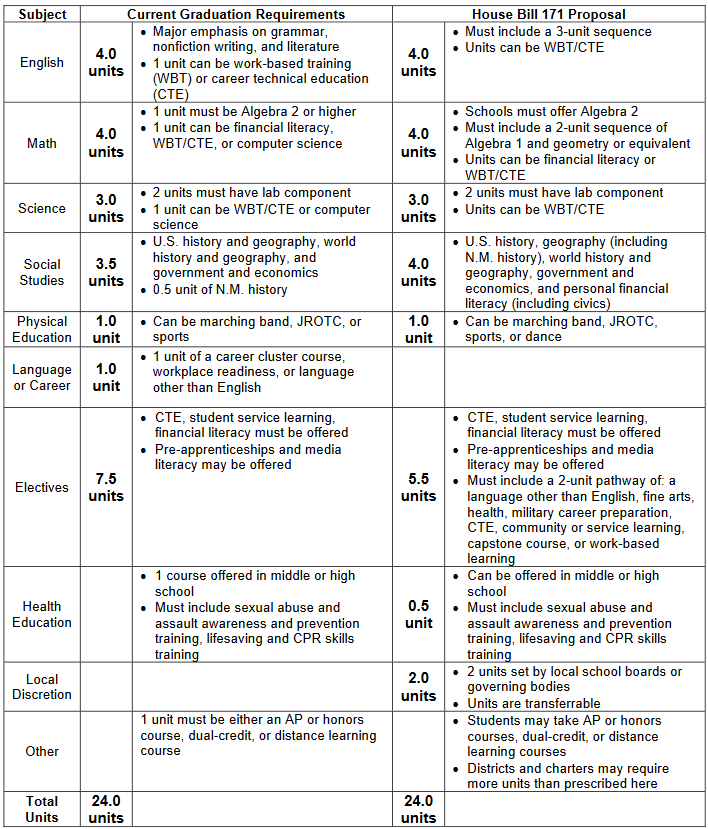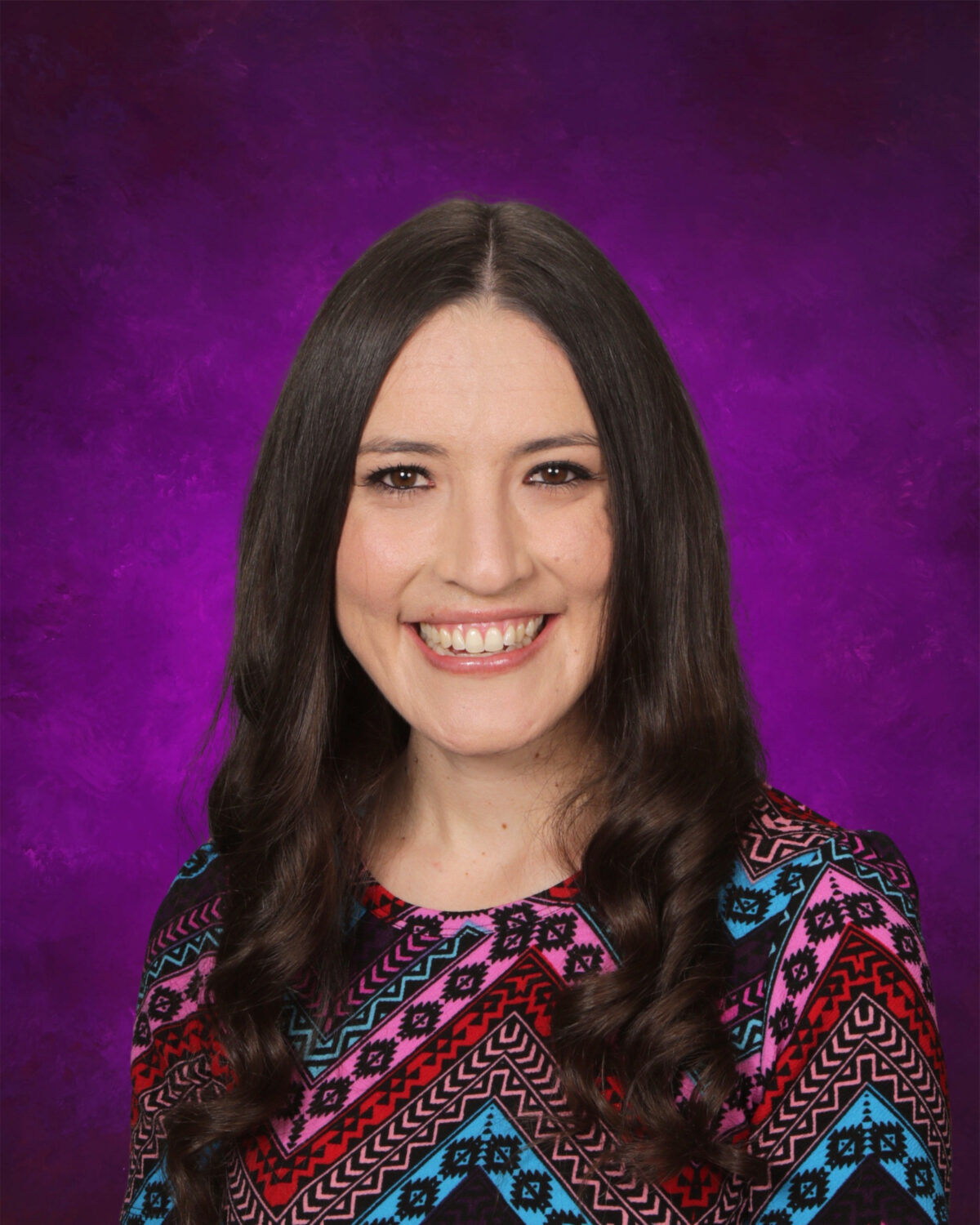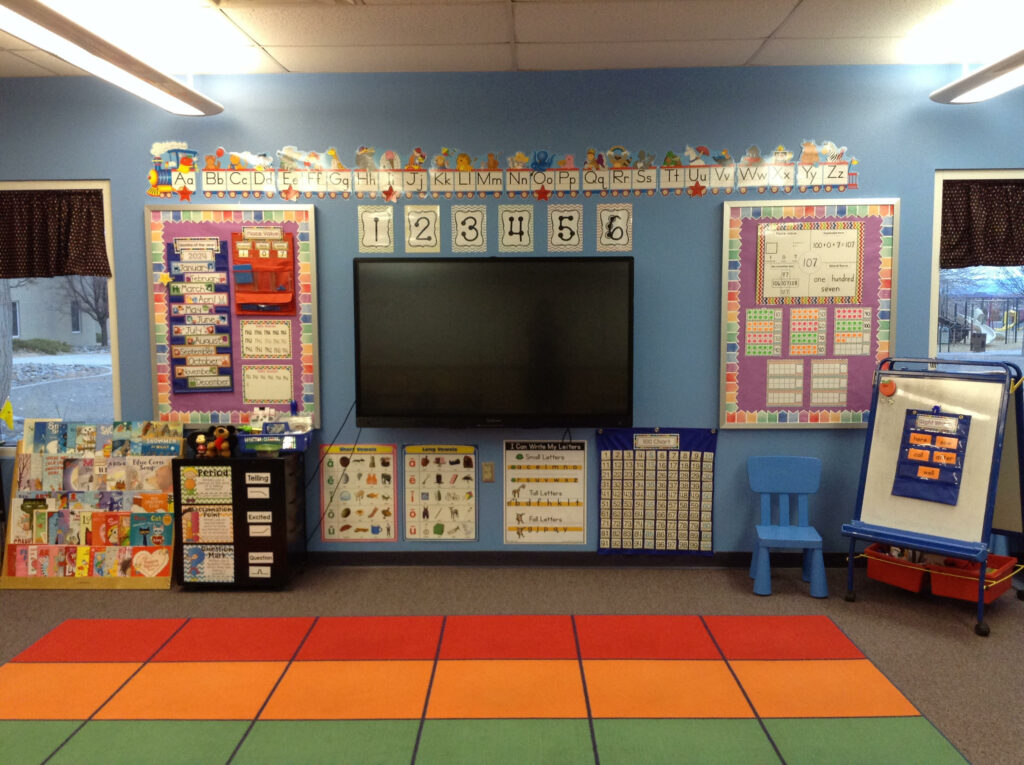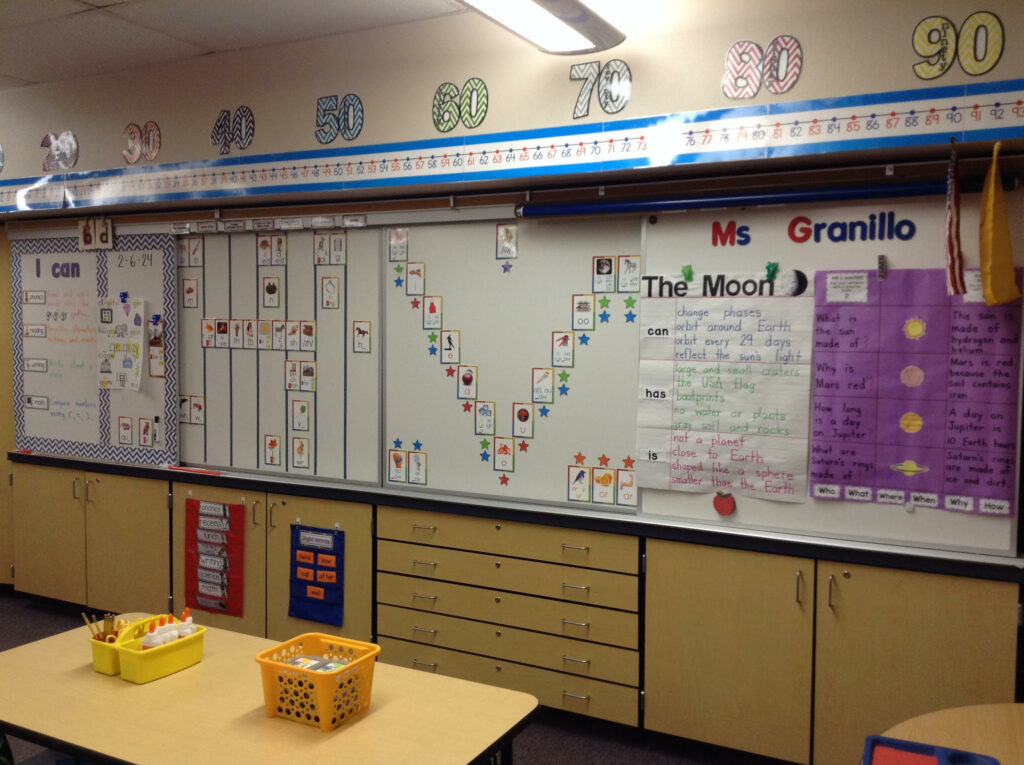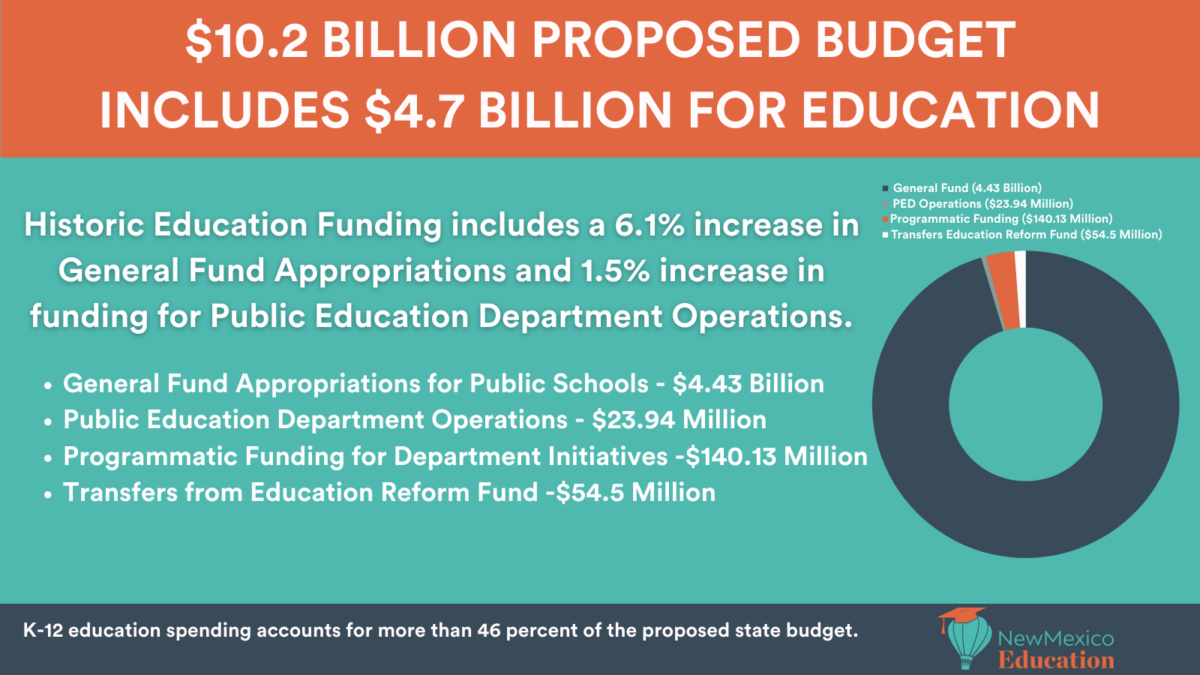A View of the 2024 Legislative Session: All Proposed Education Bills
Two new laws governing education have been signed into law by New Mexico Governor Michelle Lujan Grisham (D), with three bills awaiting signature on her desk.
The 2024 legislative session was 30-days, with a total of 777 bills introduced. Of these, 54 bills were related to K-12 education, but only 24 were eligible for debate. Only five of these bills were passed by the whole legislature and made it to the governor’s desk for signature.
Education Bills Signed into Law
House Bill 2, General Appropriation Act of 2024, sponsored by Representative Rep. Nathan Small (D – Las Cruces).
House Bill 171, School Graduation Requirements, sponsored by Representative G. Andres Romero (D – Bernalillo).
Bills Awaiting a Signature
House Bill 207, Public School Capital Outlay Grants, sponsored by Representative Joy Garratt (D – Bernalillo).
Senate Bill 76, School Local Share Adjustment Waiver, sponsored by Senator Mimi Stewart (D – Bernalillo).
Senate Bill 137, School Board Training, sponsored by Senator Mimi Stewart (D – Bernalillo).
Bills that Died
HB 39, Yazzie Lawsuit Educational Funding, sponsored by Representative Yanira Gurrola (D – Bernalillo).
HB 134, Tribal Education Trust Fund, sponsored by Representative Derrick Lente (D – Rio Arriba, Sandoval, San Juan).
HB 135, Indian Education Trust Fund Distributions, sponsored by Representative Derrick Lente (D – Rio Arriba, Sandoval, San Juan).
HB 142, Reimbursement for Pre-SAT Test Scores, sponsored by Representative Dayan Hochman-Vigil (D – Bernalillo).
HB 199, Educational Assistant Salary, sponsored by Representative Susan Herrera (D – Rio Arriba, Sandoval, Santa Fe, Taos).
HM 20, Study Class Size Reduction, sponsored by Representative G. Andres Romero (D – Bernalillo).
SB 171, Teacher-Purchased Supplies Tax Credit, sponsored by Senator Craig Brandt (R – Sandoval).
SB 180, Student Mentoring Program, sponsored by Senator Michael Padilla (D – Bernalillo).
SB 193, Reading Materials Fund, sponsored by Senator Mimi Stewart (D – Bernalillo).
SB 209, Las Cruces School Services, sponsored by Senator William Soules (D – Dona Ana).
SJR 9, State School Board, CA, sponsored by Senator Steven P. Neville (R – San Juan).
Bills that Died Without Being Heard
HB 75, Electric School Buses, sponsored by Representative Debra Sarinana (D – Bernalillo).
HB 100, Adult Online Learner Scholarship Act, sponsored by Representative Ambrose Castellano (D – San Miguel, Torrance.
HB 105, Education Scholarship Tax Credit, sponsored by Representative Ryan Lane (R – San Juan).
HB 136, Pre-Service Computer Science Ed. Program, sponsored by Representative Debra Sarinana (D – Bernalillo).
HB 277, Teacher License Computer Science Endorsement, sponsored by Representative Debra Sarinana (D – Bernalillo).
HB 278, Computer Science Embedded in Schools, sponsored by Representative Debra Sarinana (D – Bernalillo).
HB 279, STEM Technology Labs, sponsored by Representative Tanya Mirabal Moya (R – Valencia).
HB 294, Education Enrichment Tax Credit, sponsored by Representative Ryan Lane (R – San Juan).
HJR 6, State Board of Education, sponsored by Representative John Block (R – Otero).
HM 11, School Absenteeism Work Group, sponsored by Representative Luis Terrazas (R – Catron, Grants, Hidalgo).
SB 42, School Safety Communications System, sponsored by Senator Siah Correa Hemphill (D – Catron, Grant, Sierra).
SB 48, Tuition Scholarships and Tax Credits, sponsored by Senator Gerald Ortiz y Pino (D – Bernalillo).
SB 67, Career Development Success Program, sponsored by Senator Craig Brandt (R – Sandoval).
SB 85, Seizure Safe Schools Act, sponsored by Senator Harold Pope (D – Bernalillo).
SB 86, Graduate Scholarship Act, sponsored by Senator Harold Pope (D – Bernalillo).
SB 132, Special Education Support Services, sponsored by Senator Antonio Maestas (D – Bernalillo).
SB 143, School Programs for Deaf Students, sponsored by Senator Antonio Maestas (D – Bernalillo).
SB 214, Student Achievement and Innovation Leaders, sponsored by Senator William E. Sharer (R – San Juan).
SB 220, School District Budget Growth, sponsored by Senator Shannon Pinto (D – McKinley, San Juan).
SB 231, School Drug Education, sponsored by Senator Leo Jaramillo (D – Los Alamos, Rio Arriba, Sandobval, Santa Fe).
SB 264, Adult High School Diploma Pilot Project, sponsored by Senator Antonio Maestas (D – Bernalillo).
SB 273, General and Land Funds for Schools, sponsored by Senator William Soules (D – Dona Ana).
Bills that Did Not Receive a Message
HB 21, Charter School Oversight, sponsored by Representative Joy Garratt (D – Bernalillo).
HB 22, School Admin Prep. Program Requirements, sponsored by Representative Joy Garratt (D – Bernalillo).
HB 49, Public School Safety Communications System, sponsored by Representative Ambrose Castellano (D – San Miguel, Torrance.
HB 63, Cannabis School Use Prevention Resource Act, sponsored by Representative Andrea Reeb (R – Chaves, Curry, Roosevelt).
HB 74, School Boards Determine Instructional Days, sponsored by Representative Gail Armstrong (R – Catron, Sierra, Socorro, Valencia).
HB 244, Career School Courses as a Series, sponsored by Representative Cathryn Brown (R – Eddy, Lea).
HB 246, Financial Literacy for Graduation, sponsored by Representative Cathryn Brown (R – Eddy, Lea).
HB 256, Higher Ed Teacher Preparation, sponsored by Representative Tara Jaramillo (D – Dona Ana, Sierra, Socorro).
HB 132, School Absenteeism Enforcement, sponsored by Representative Luis Terrazas (R – Catron, Grants, Hidalgo).
HB 157, School Teachers On-Site Protection Act, sponsored by Representative Martin Zamora (R – Curry, DeBaca Guadalupe, Roosevelt, San Miguel).
HB 215, School Class Loads, sponsored by Representative Yanira Gurrola (D – Bernalillo).
HB 227, Phase in Class Load Limits, sponsored by Representative Raymundo Lara (D – Dona Ana).
HB 228, Programs for Deaf Students, sponsored by Representative Raymundo Lara (D – Dona Ana).
HB 229, Special Education Support Services, sponsored by Representative Raymundo Lara (D – Dona Ana).
HB 296, Parental Bill of Rights Act, sponsored by Representative Mark Duncan (R – San Juan).
To learn more about bills that passed in the 2024 Legislative Session click here.
To learn more about the bills that died in the 2024 Legislative Session click here.
During the 2024 legislative session in New



